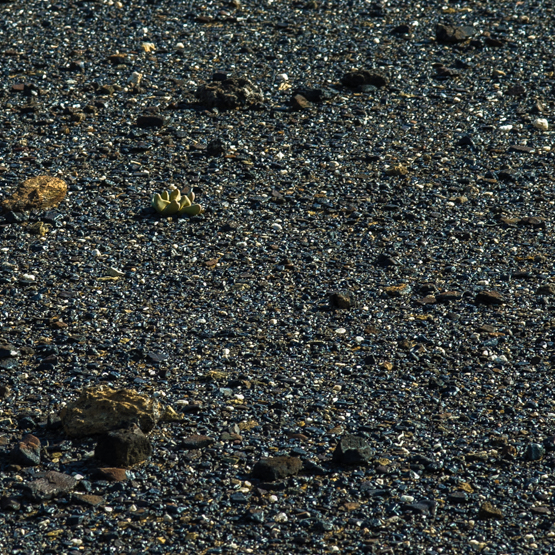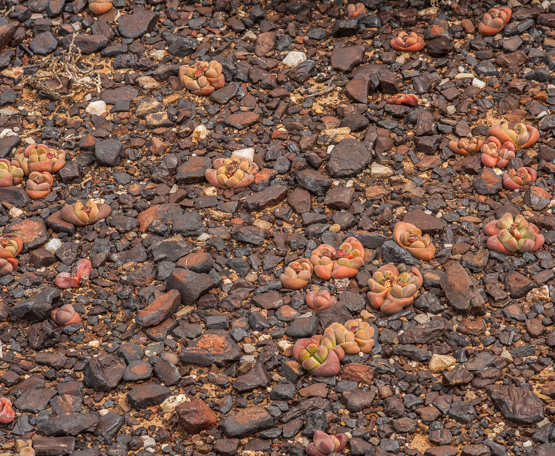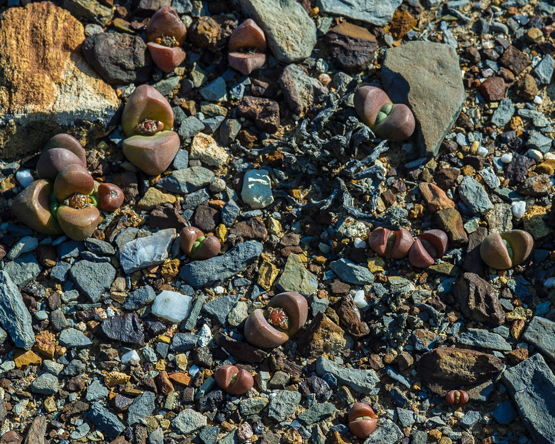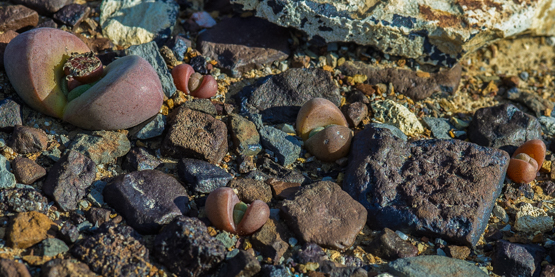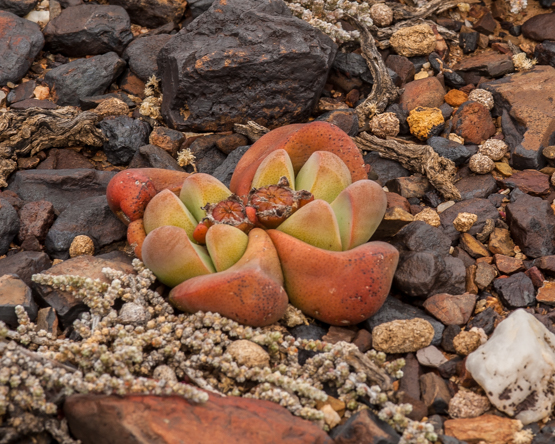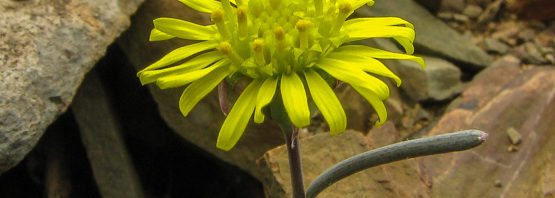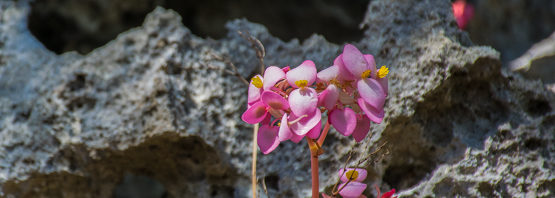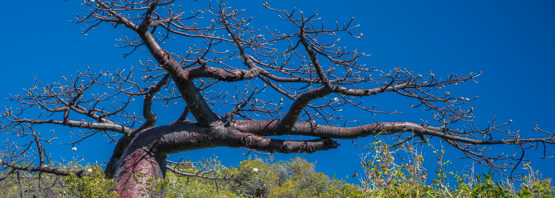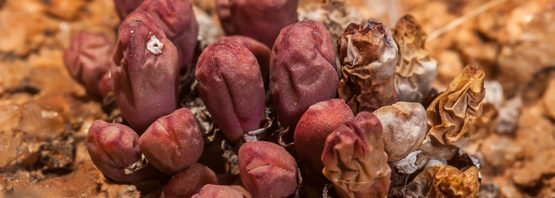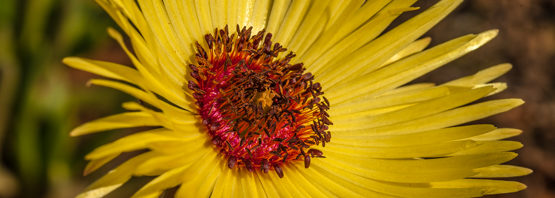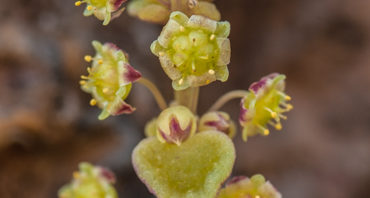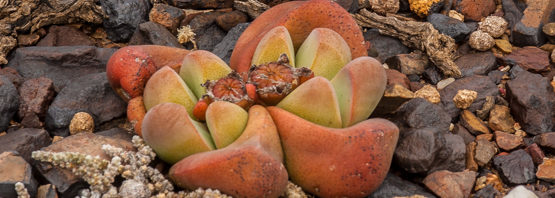When I was in Madagascar last month, I came across a book called “Baobabs de Madagascar”. Although it was in French, which is not exactly my first language, I decided to buy it on the strength of the excellent photographs. The text is clear and to the point and the description of each species is accompanied by distribution maps and line drawings.
It is not often one comes across a book where the title promises less than the content delivers. This is one of those exceptions: in spite of the title, the two non-Madagascan species (Adansonia digitata from the African continent and A. gibbosa from Australia) are treated the same way as the six ones endemic to Madagascar.
So, all in all I’m very happy with this addition to my library. The only little drawback for me is that an English text is easier to digest than one in French. Therefore I was happy to find out that an English version will be published soon.
The following link will give you more details:
Category: succulents
Othonna protecta
As the name implies, this species is often hiding under other plants or between rocks. For that reason, it is not easy to make good pictures of it. The photographer usually must choose between showing either what the plant looks like or how well it is hidden.
The plants are shrublets with fat (pachycaul) barrel-or flask-shaped stems and thin branches up to 30 cm long. They have soft leaves, which are mainly crowded at the branch tips and are long and narrow: 40-100 mm long and 2-3 mm wide.
The flowers appear from April to October.
One can come across these plant from central Namibia to the Little Karoo on gravelly flats and slopes.
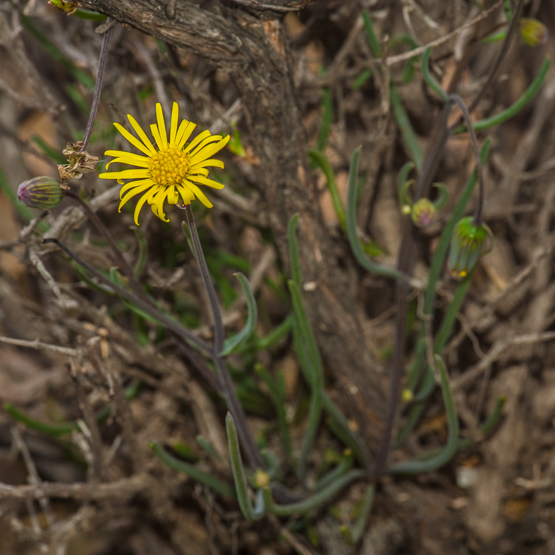
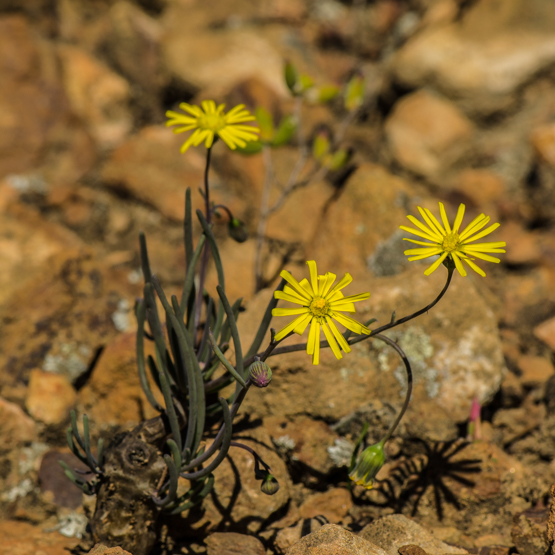
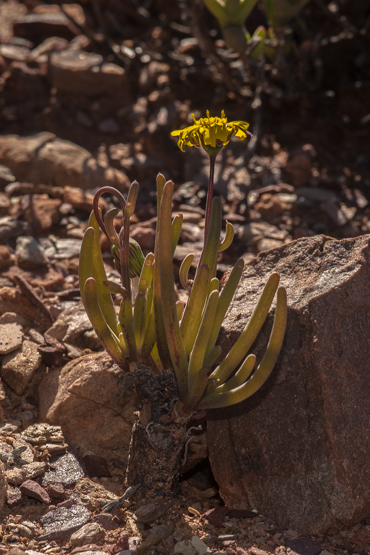
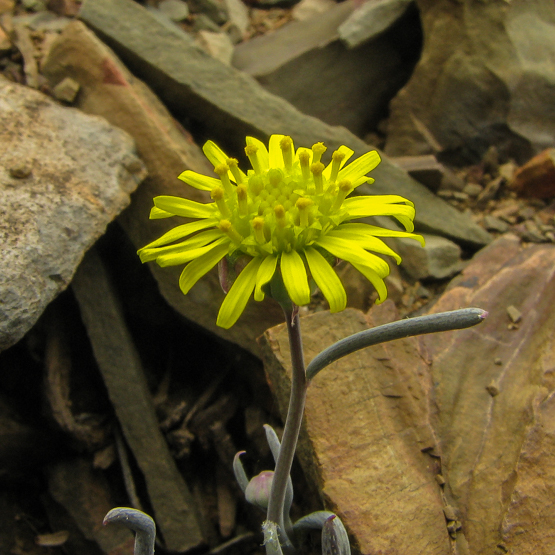
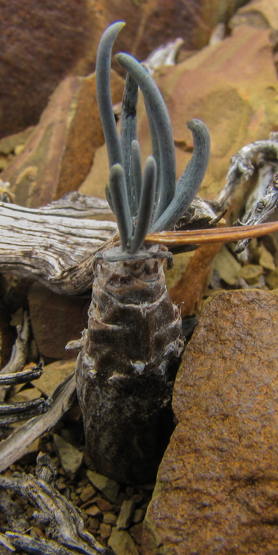
Begonia goudotii
Coming across this species was one of the highlights of my recent trip to northern Madagascar. It was not just the novelty of seeing a Begonia in the wild, but even more so the enormous contrast between the dainty flowers and their harsh and inhospitable surroundings.
This tuberous species is endemic to Madagascar and quite distinct because of its large basal leaves, which are usually solitary in the wild and may become over 60 cm in diameter.
The plants occur in deciduous forests, usually in limestone rock crevices, at altitudes between 100 and 250 m.
Pictures taken at Montagne des Francais near Diego Suarez (Antsiranana) 19 June 2016
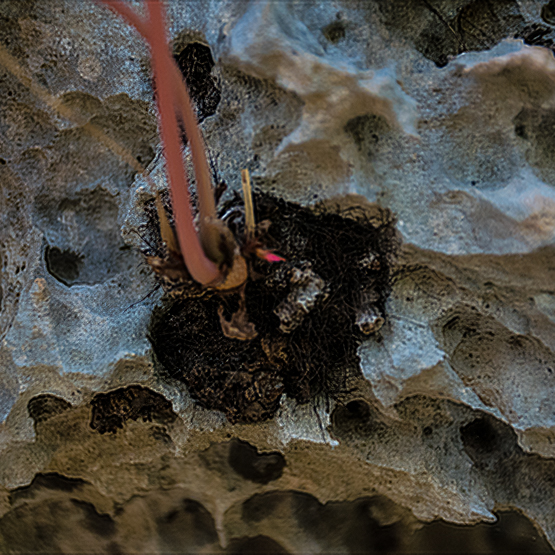
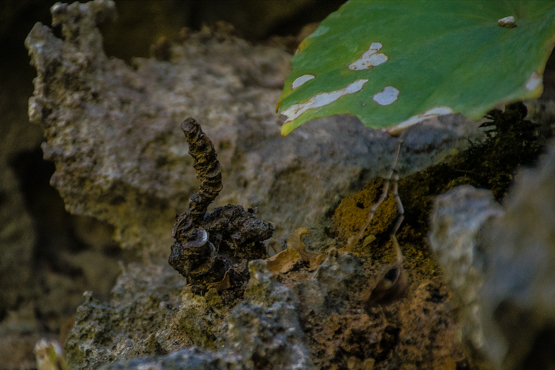
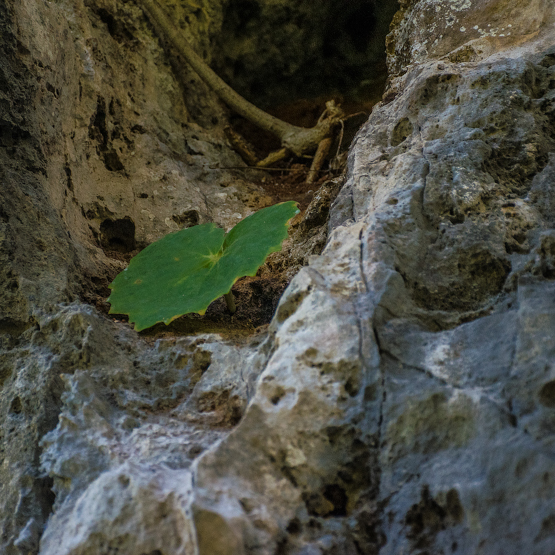
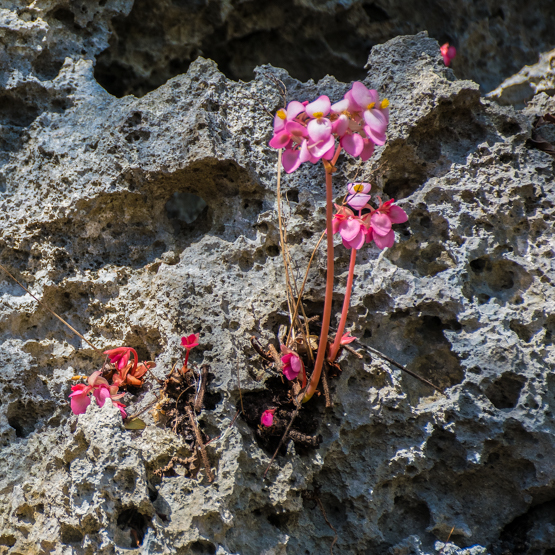
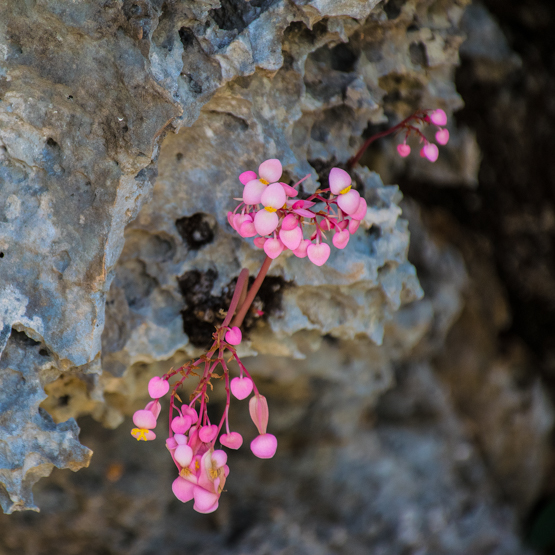
Back from Madagascar
Two days ago I returned from Madagascar. The return flight was rather annoying, as the airline had decided to cancel part of the original schedule. But as they say: all is well that ends well.
Our stay on the Big Island was great: beautiful scenery, lovely people, good food. Oh yes, you’re right, I went there to see succulent plants! Well, in that respect the trip proved to be a bit of a mixed bag. I knew beforehand that the northern part of the country (North of Antananarivo) does not harbour as many succulent plant species as the south and southwest. Unfortunately that proved to be rather an understatement. The number of species I came across was very limited, to put it mildly. On the other hand the area has a number of very interesting and beautiful endemics.
The last two days we spent south of the capital and that tipped the balance to the positive side.
All in all we loved being in the country again and we are now contemplating a new trip there pretty soon, this time to the more arid parts.
The following pictures will give you some idea of the things we saw.
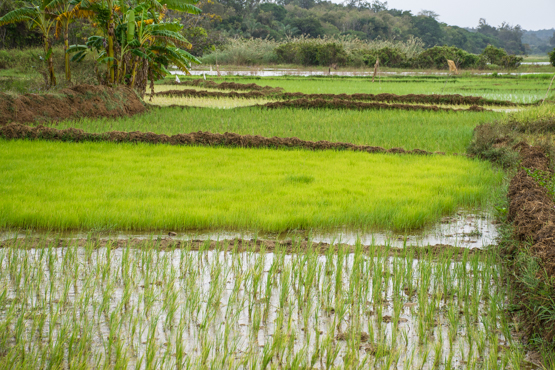
Rice fields in the Ankarafantsika Nat. Park
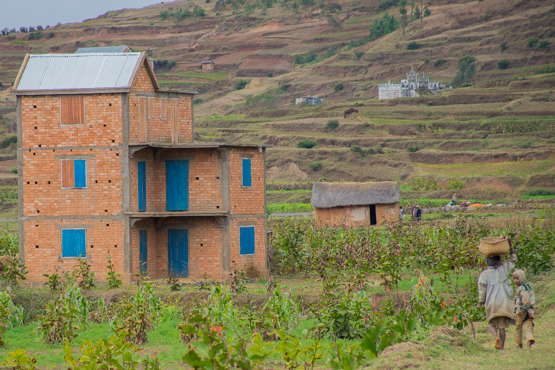
A typical example of the building style in the central highlands

Between Antanarivo and Maevatanana
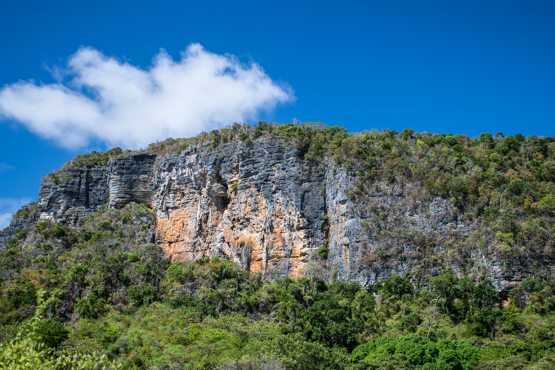
One of the more interesting areas for succulents: Montagne des Francais near Diego Suarez
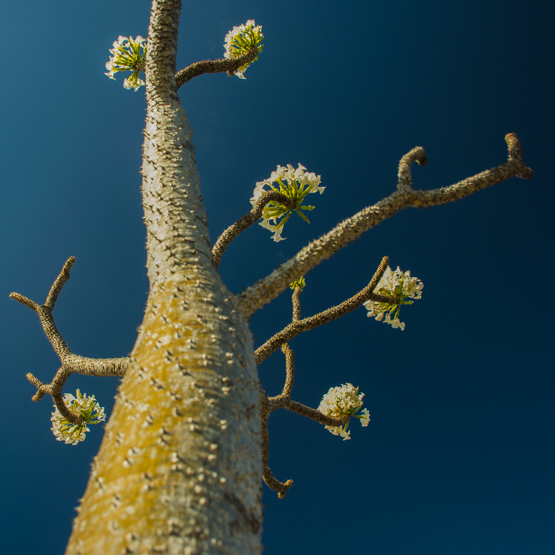
Pachypodium rutenbergianum
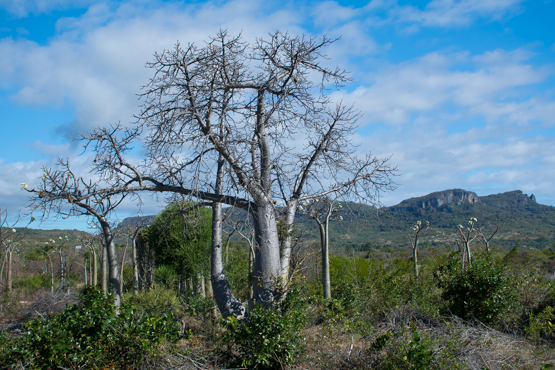
Adansonia madagascariensis accompanied by Pach. rutenbegianum on sandy coastal plain near Diego Suarez
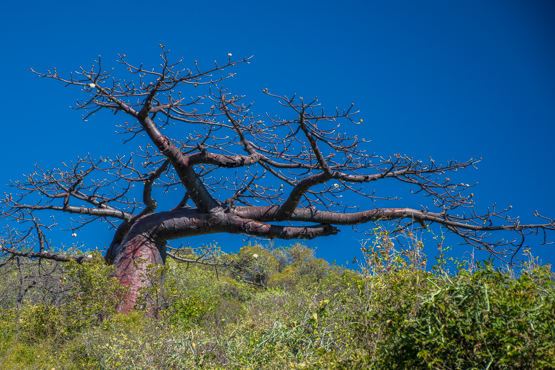
Adansonia suarezensis near Diego Suarez
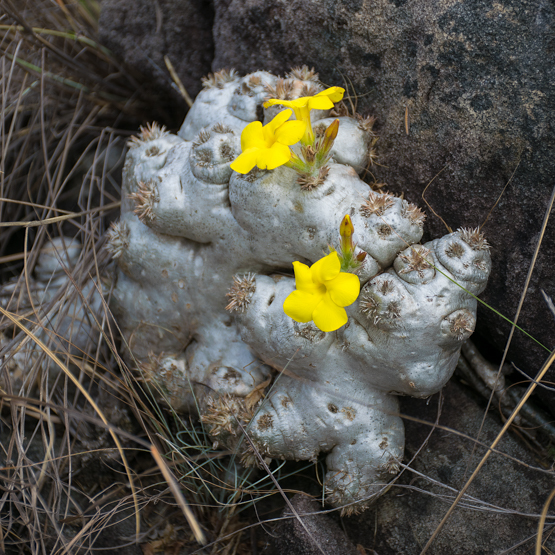
Pachypodium brevicaule at Mt. Ibity near Antsirabe
Madagascar, Here I Come
At the moment this post is published, I will be on my way to Madagascar.
Many years after my first visit there (1997), a return visit became more and more alluring (making hay while the sun shines and all that).
While on the previous occasion my wife and I visited the South, this time we will go in the opposite direction and I’m quite curious to find out what goodies are waiting there to be photographed.
At the end of the month I hope to be back safe and sound, and with many good memories.
Conophytum meyeri (part 1 of 2)
When a species has many synoniems (16 in this case), one cannot help but wonder what that means. There may be a couple of reasons for the plethora of names, but in this case the most likely one is the species being so highly variable. Understandably, this makes it often difficult to positively identify it. The situation is further complicated by the fact that the species often grows together with C. bilobum and hybridizes with it, resulting in swarms of plants with intermediate characters.
The plants form small or large cushions (up to 30 cm in diameter), which may be straggly or neatly domed.
The bodies are up to 2.5 cm long and 1.5 cm in diameter, heart-shaped to nearly spherical, usually slightly bilobed and sometimes slightly keeled. The keel lines are often red, the fissure zone has small, windowed patches on either side and the skin is pale green to yellowish green or greyish green, smooth or velvety-papillate and often spotted.
As a rule the flowers are yellow (rarely pure white), with petals often drooping. They appear in March -June.
The plants occur mostly in the western Richtersveld on granite, gneiss, sandstone or quartz slopes -often in shade.
All 3 pictures taken 6 Oct. 2011.
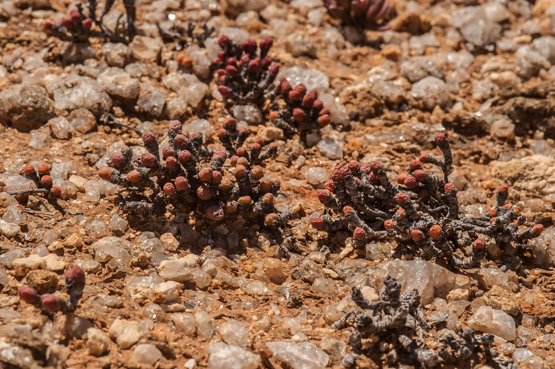
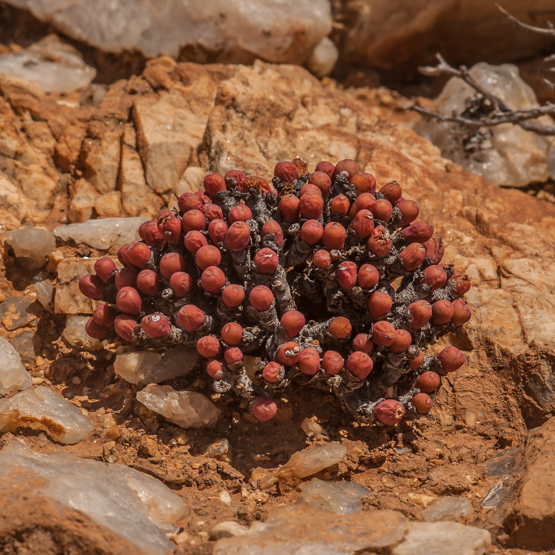
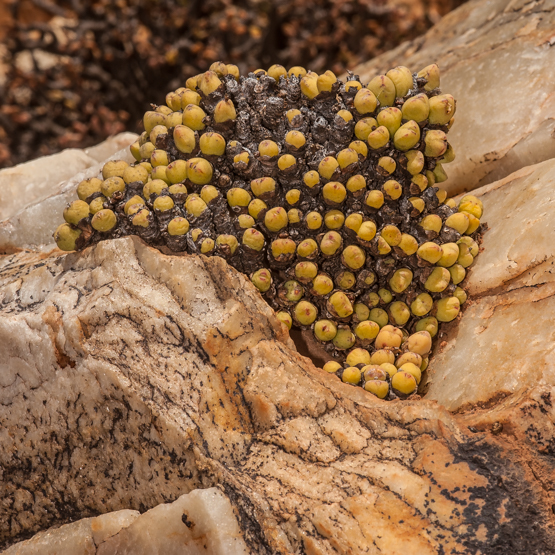
Cephalophyllum tricolorum
I suppose that few people will get excited about a Cephalophyllum without flowers, but when flowers are present, it is quite a different story. In this case, the flowers are up to 5 cm in diameter, with yellow petals and orange stamens with brownish to purple tips. They appear from June through September.
The plants are to a meter in diameter and have a very compact centre and creeping branches. The leaves are rather long (8-12 cm) and round with trigonous tips; dark green to greyish.
The fruits have stalks that don’t last very long and are classified as tumble fruits.
The species occurs in dry fynbos and low open karroid bush on sandy to loamy soils from the Knersvlakte to Nieuwoudtville and Clanwilliam. Most of the rainfall occurs in winter (100-200 mm per year).
Because the plants can quickly colonize a site, it can be a very useful species, but unfortunately it is reluctant to flower in cultivation.
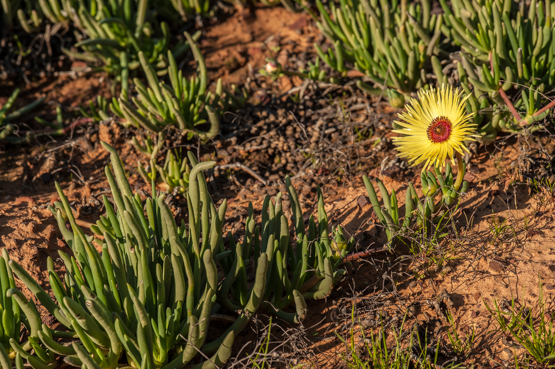
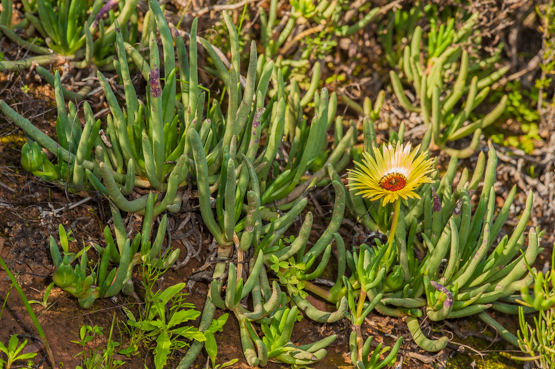
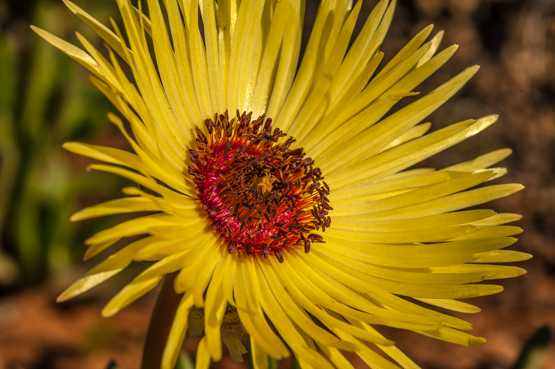
Crassula nemorosa (part 1 of 2)
These charming little plants have erect or sprawling stems , 4-10 (-15) cm long.
They are geophytes, with many small tubers (rarely over 0.5 cm in diameter).
The slightly fleshy leaves are grey-green or greyish brown and the star- to cup-shaped flowers are pale yellowish-green to brown with 2-3.5 mm long lobes.
While the flowers usually appear between June and August, depending on rainfall this may also happen at other times.
The distribution area ranges from South Namibia to the Little Karoo and the Eastern Cape, but the plants only occur in sheltered spots on rocky slopes and in crevices.
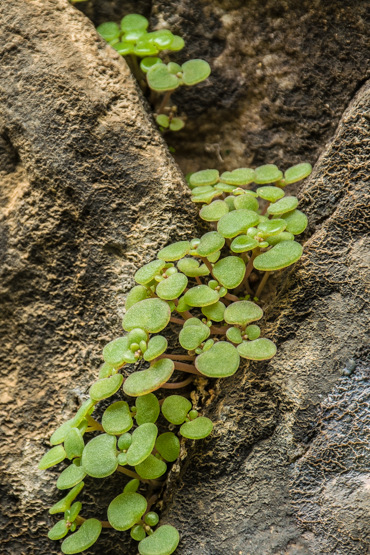
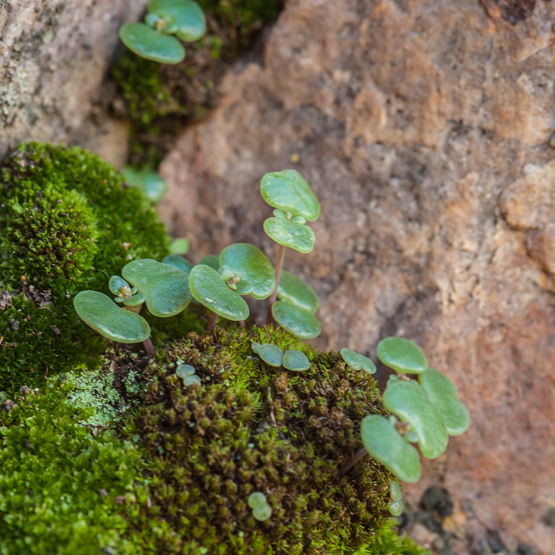
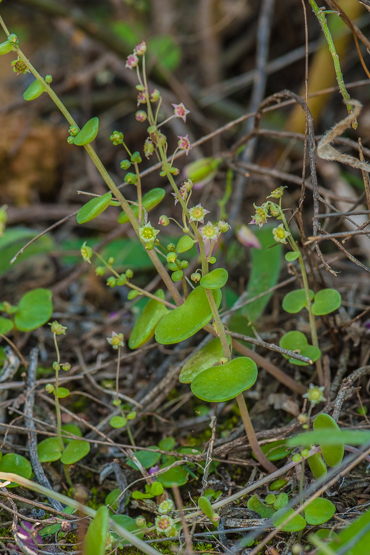
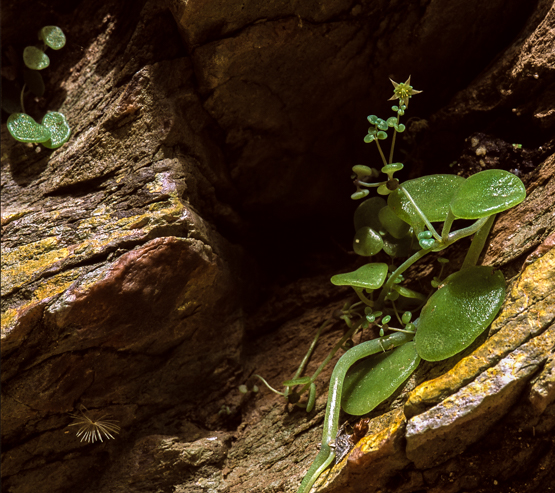
Aloe ballyi
This very distinctive species normally produces one single stem up
to 8 m tall and only 10-15 cm thick. Sometimes, plants branch from the base and form large shrubs.
Each stem bears about 25 leaves, up to 90 cm long and grey-green on both sides; the sap is poisonous.
The inflorescences are much-branched, with carmine to reddish-orange flowers.
The species is found in more or less dense bushland and thickets along rivers in
southern Kenya and northern Tanzania at altitudes between 900 and 1500 m.
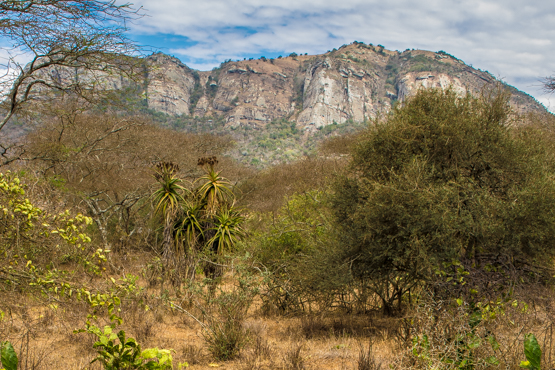

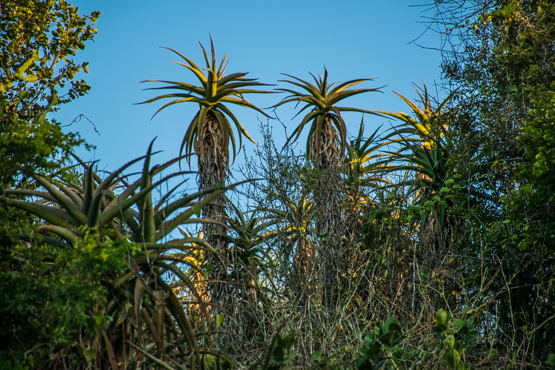
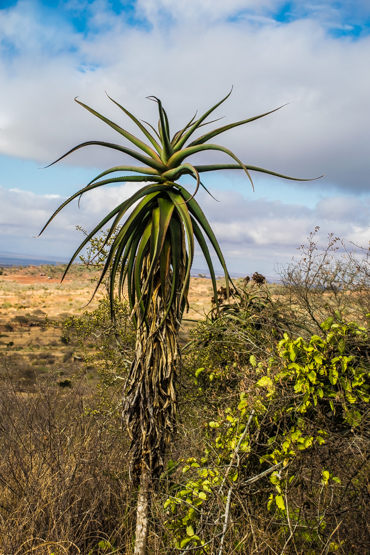
Tanquana prismatica (part 1 of 2)
There are only three species of Tanquana; the other two being T. hilmarii and T. archeri (which I have never seen). All three used to be called Pleiospilos because of the dotted leaves, but actually the two genera are not closely related.
Over time T. prismatica may form clusters of up to 30 branches. The leaves are unequal, egg-shaped in young plants but more oblong later, with a length of 2.5-4 cm.
The strongly scented flowers are to 4 cm in diameter and appear from February to May.
The plants are not uncommon on stony flats in the Ceres-Laingsburg area, where they receive 100-150 mm rain per year, mainly in winter.
Below are some pictures to give you an idea of the conditions in the plants’ habitat.
